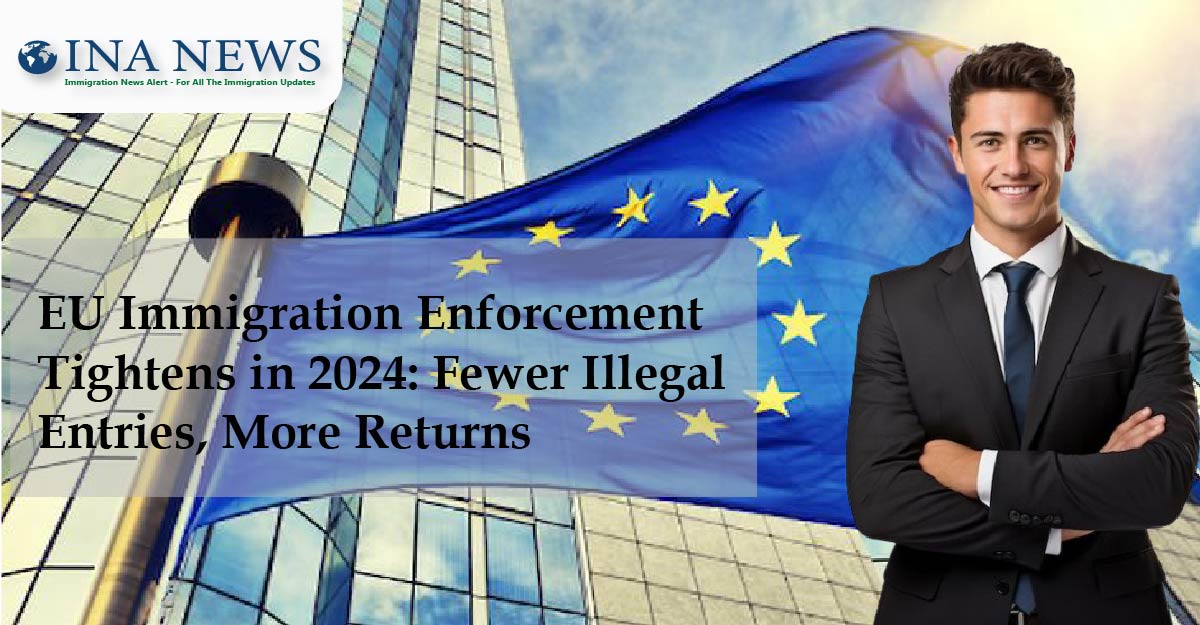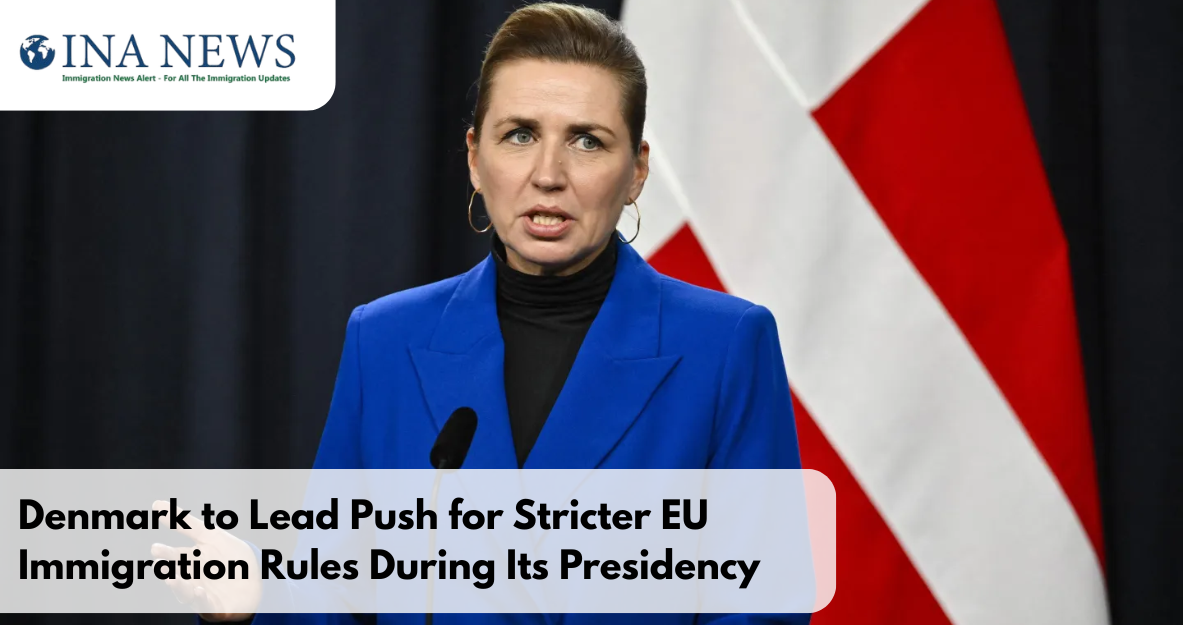The European Union’s immigration enforcement strategy witnessed a substantial shift in 2024, as new Eurostat data reveals. There was a 27.4% drop in the number of non-EU citizens illegally present in member states, coupled with a 19.3% increase in returns of third-country nationals and a modest rise in entry refusals at EU borders. These statistics underline the bloc’s more coordinated and assertive approach to regulating irregular migration across its land, sea, and air frontiers.
Decline in Irregular Presence Across the EU
The most significant development was the overall decline in the number of non-EU citizens found to be staying illegally in the bloc. In 2024, this number fell markedly, especially in the EU’s top destination countries—Germany, France, and Italy, which together accounted for over 50% of all illegal stay cases. This suggests that recent policy tightening, enhanced border patrol, and data-sharing among member states are yielding measurable results.
This shift doesn’t necessarily reflect a drop in migration attempts but a recalibrated approach that emphasizes prevention, digital monitoring, and faster processing of irregular stay cases.
Stricter Border Control Measures in Place
Although illegal residence declined, entry refusals increased slightly, with more than 120,000 third-country nationals denied entry into EU countries in 2024. Land borders were the most restrictive, accounting for nearly 57% of all refusals, with Poland, Croatia, and Romania reporting the highest numbers. Air borders followed closely, with 39.8% of refusals, led by France, which turned back approximately 7,800 individuals at its airports. Sea borders represented only 3.4%, with Italy rejecting the most travelers attempting maritime entry.
Top Nationalities Refused Entry
The countries whose nationals faced the highest number of refusals were Ukraine, Albania, and Moldova. Ukrainian citizens, particularly those not qualifying under the temporary protection directive, were largely turned back at Poland and Romania’s land borders. Albanians faced scrutiny mostly at Greek, Croatian, Hungarian, and Lithuanian crossings, while Moldovan nationals were primarily refused at Romanian, Polish, and Latvian borders.
More than half of all entry refusals were attributed to invalid travel documents, missing visas or permits, or inadequate proof of purpose of stay—issues that point to tighter scrutiny at immigration checkpoints.
Increase in Returns: Voluntary vs. Forced
The EU’s return policy also intensified in 2024. The bloc recorded a notable 19.3% increase in the return of third-country nationals who were staying illegally. Nearly 54% of these returns were voluntary, showing an EU-wide preference for humanitarian repatriation pathways where feasible. However, 46% were forced, reflecting a parallel enforcement mechanism for those refusing to leave.
Georgia led the return statistics, with 11,585 citizens repatriated, followed by Turkey, Albania, and Moldova. Interestingly, Denmark, Latvia, Lithuania, and Czechia saw over 90% of returns occur voluntarily, suggesting successful cooperation and reintegration programs. Meanwhile, Italy reported only forced returns, indicating a harsher enforcement approach.
Policy Outlook for 2025 and Beyond
The trends from 2024 suggest that the EU is moving toward a more structured and security-driven migration management system, with a focus on deterrence, early intervention, and efficient returns. While this has led to measurable outcomes in terms of reduced irregular presence, concerns remain about the humanitarian balance, especially amid ongoing geopolitical conflicts and economic instability in neighboring regions.
As 2025 progresses, further developments are expected in the EU’s Common European Asylum System and external border management strategies. Observers will be watching how the bloc maintains its delicate balance between control and compassion, particularly as global migration pressures persist.






